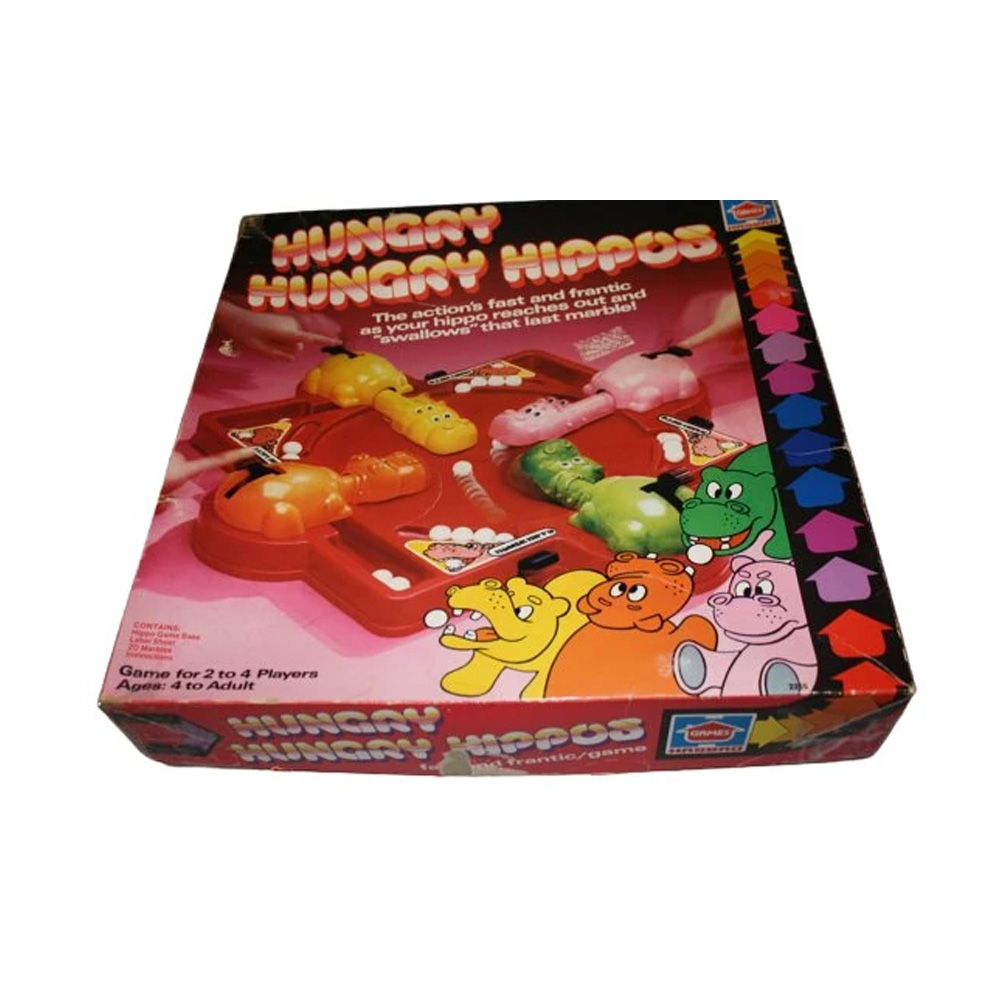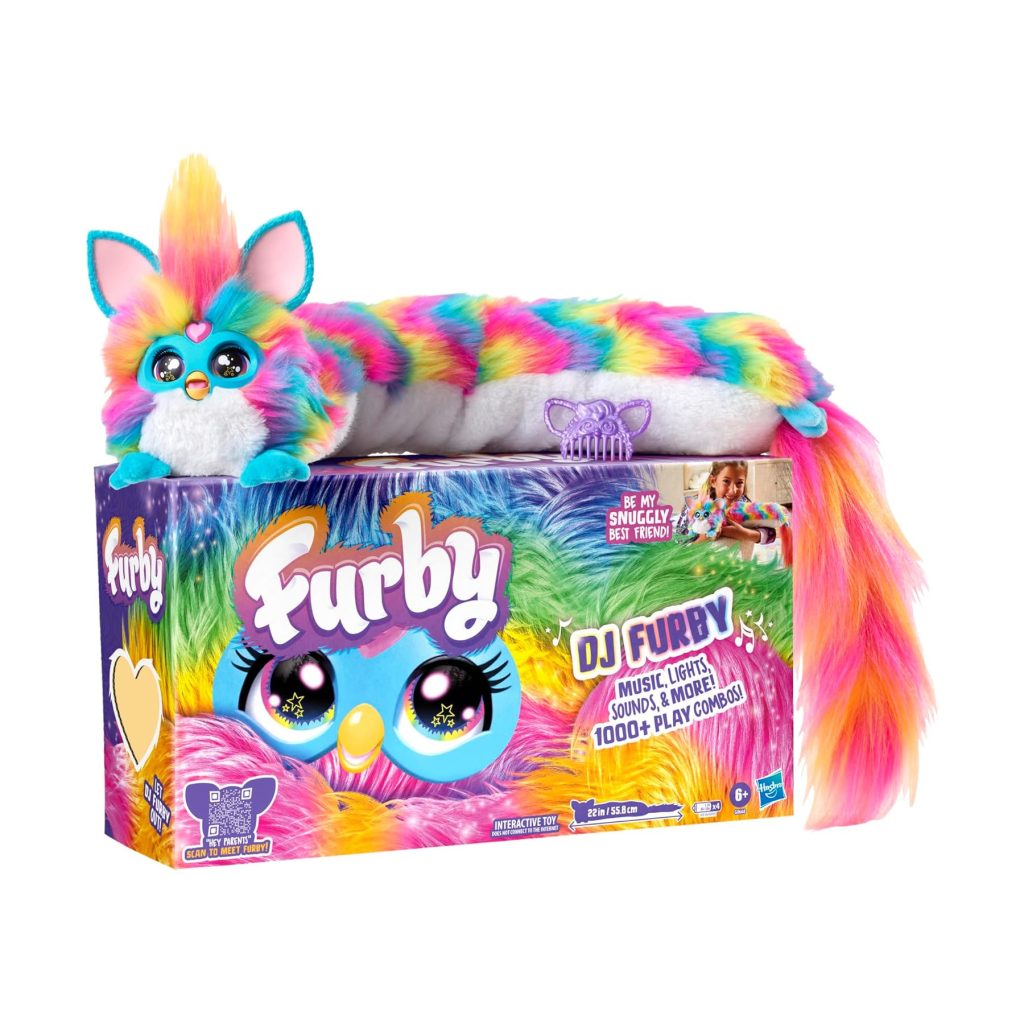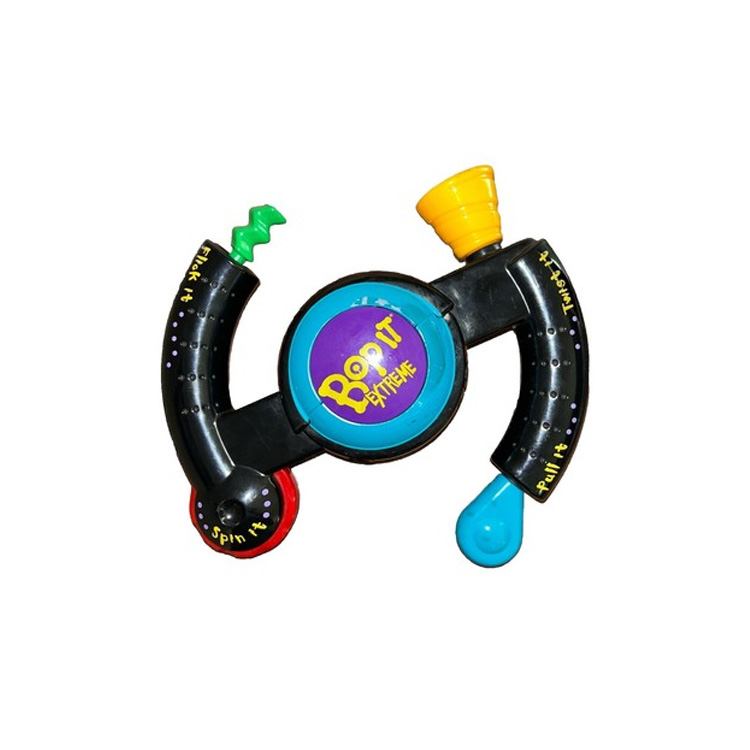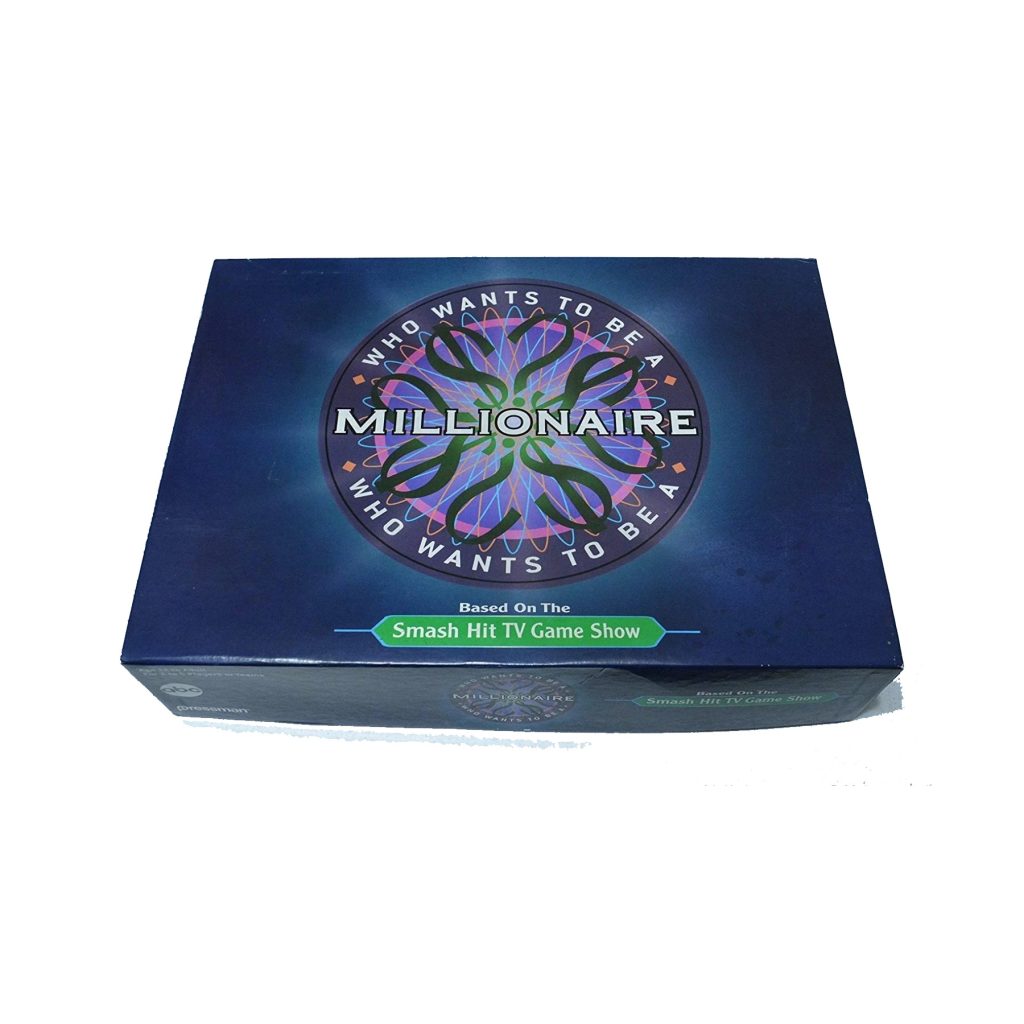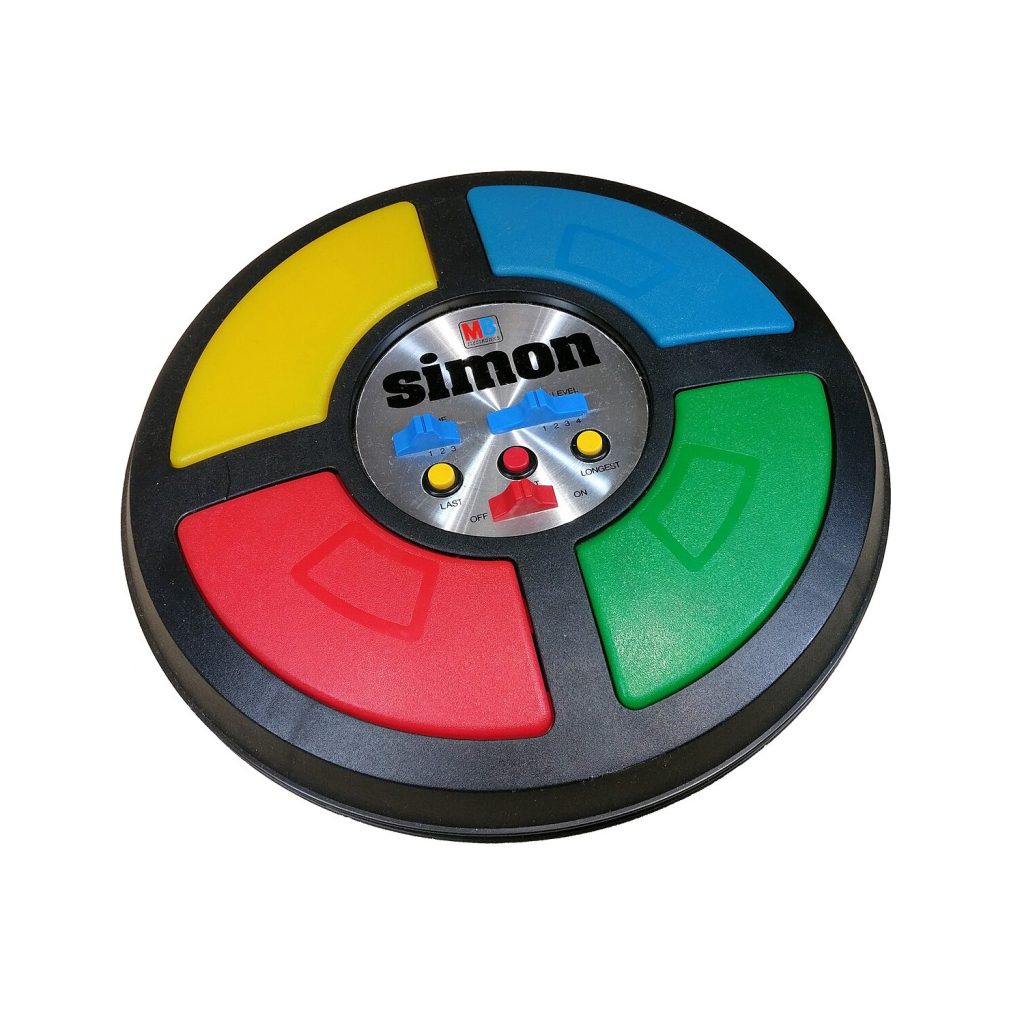
⏰ “Don’t leave it too late — some Christmas best-sellers sell out early each year.”
Simon Says Electronic Game Top 10 Christmas Toys 1978
Simon Says Electronic Game Top 10 Christmas Toys 1978
The Simon Says Electronic Game burst onto the scene in 1978 and quickly became one of the most iconic electronic toys of the era. With its flashing coloured buttons and hypnotic sounds, Simon challenged children and adults alike to test their memory and reflexes. Unlike traditional board games, Simon felt futuristic, like something from a science fiction film. Families unwrapping it on Christmas morning discovered a game that was simple to learn yet endlessly addictive, making it an instant holiday hit.
1978: A Year in Context
1978 in the UK was a year shaped by cultural shifts, economic struggles, and the rise of new entertainment. Disco music filled the airwaves, “Grease” dominated cinemas, and families were beginning to embrace electronic gadgets in the home. Against this backdrop, Simon felt perfectly timed—a toy that married sound, light, and challenge into one sleek package. It captured the spirit of innovation that defined the late seventies, giving families a glimpse of the digital future.
The Genius of Simon
Invented by Ralph H. Baer and Howard J. Morrison, Simon was a circular game with four coloured buttons—red, blue, green, and yellow. Each button lit up with a corresponding sound, and players had to repeat the sequence as it grew longer and faster. The brilliance of Simon lay in its simplicity: the rules were easy to grasp, but mastering it required concentration and memory skills. It was as much a party game as it was a children’s toy, appealing across generations (see Simon game history).
Christmas Morning Excitement
Families recall the thrill of switching Simon on for the first time, the glowing buttons flashing in sequence and filling the room with electronic tones. Children huddled around, eager to prove their memory skills, while parents and grandparents often joined in. The game’s hypnotic lights and sounds quickly became part of the Christmas soundtrack, echoing alongside carols and festive TV specials. For many, Simon turned quiet holiday evenings into lively competitions.
Adverts and Popularity
Simon was marketed as both high-tech and family-friendly. Commercials highlighted its futuristic design, while catalogues described it as the “game of lights and sounds.” Its sleek, modern look and electronic appeal made it stand out in toy shops. By the early eighties, Simon had become a worldwide phenomenon, inspiring countless sequels and spin-offs. But the original 1978 version remains the most nostalgic, remembered for the way it captivated families at Christmas.
Price Then and Now
In 1978, the Simon Says Electronic Game retailed for about £29.99, roughly £165 in today’s money. It was a premium gift, often the “big present” under the tree. Despite its price, families saw it as worthwhile thanks to its durability and replay value. Today, vintage Simon units are highly collectable, and the game remains in production, proving its timeless appeal. Its combination of lights, sounds, and challenge continues to entertain new generations.
Why Kids Loved It
Children loved Simon because it felt alive. The flashing lights and sounds were captivating, and the challenge of remembering sequences kept them hooked. Unlike many toys of the era, Simon didn’t rely on characters or branding—it stood on its own as an engaging game. Its competitive nature also made it popular with siblings and friends, who could challenge each other for the highest score. For many, it was the first taste of a truly interactive electronic game.
Nostalgia and Legacy
For those who owned one, Simon is remembered as one of the definitive electronic toys of the late seventies and eighties. Many recall playing round after round during the holidays, the tension building as sequences grew longer and more complex. It became a symbol of the era’s fascination with technology, bridging the gap between toys and gadgets. Today, Simon is still celebrated as a classic, a reminder of the days when innovation and simplicity combined to create lasting fun.
1978 Christmas Memories
Families remember sitting cross-legged on the carpet, Simon glowing in the centre, as everyone took turns testing their memory. The excitement of beating personal bests or outlasting siblings created endless entertainment during the festive season. Parents recall the joy of seeing children so captivated by something both challenging and wholesome. For many, Simon became more than a toy—it was a part of their family’s Christmas traditions.
Conclusion
The Simon Says Electronic Game of 1978 proved that technology and play could go hand in hand. With its lights, sounds, and addictive gameplay, it became one of the most iconic toys of the era. If you remember unwrapping it that year, revisit the nostalgia in our Top 10 Christmas Toys 1978 archive. Discover how it compares to the most popular Christmas toys, and see how it stacks up against modern gadgets in our Top 10 Christmas Toys 2025 guide. More than four decades later, Simon remains one of the brightest lights in the history of Christmas toys.
Some links on our site are affiliate links. If you buy through them, we may earn a small commission — at no extra cost to you. 🎄
⏰ “Don’t leave it too late — some Christmas best-sellers sell out early each year.”
Available From:

